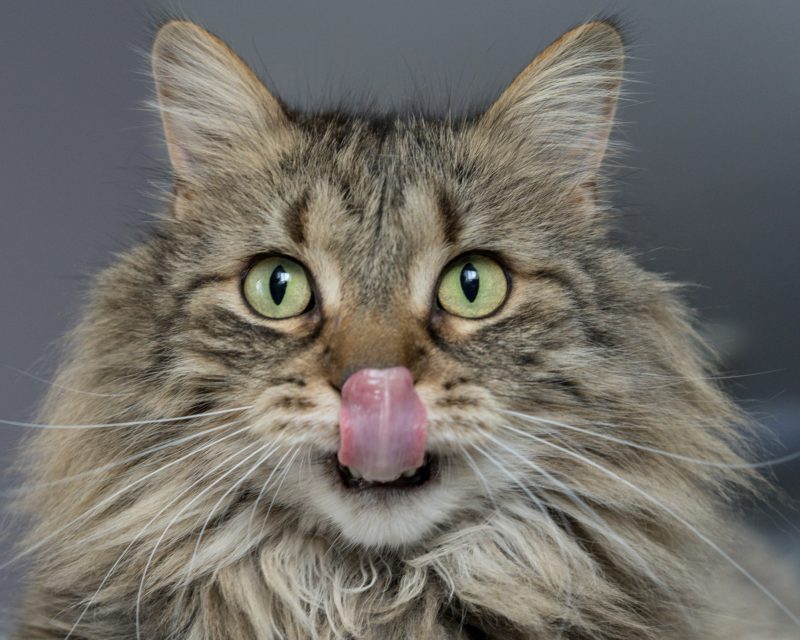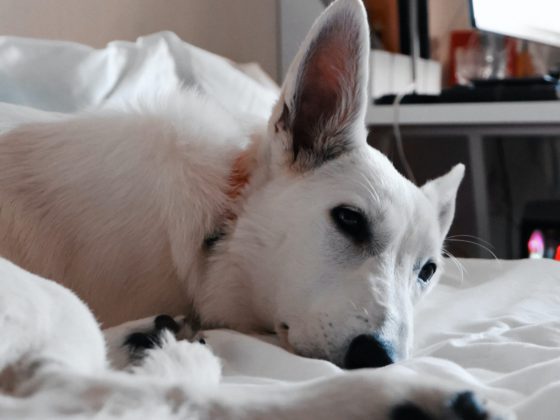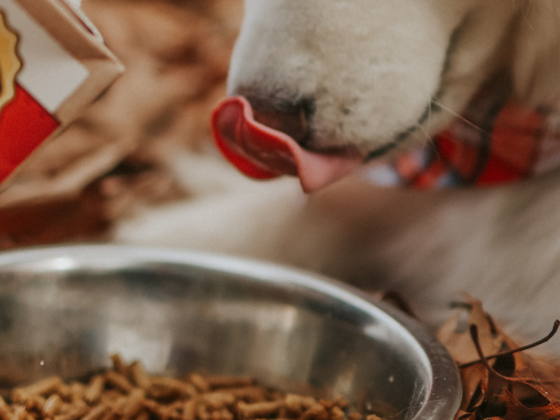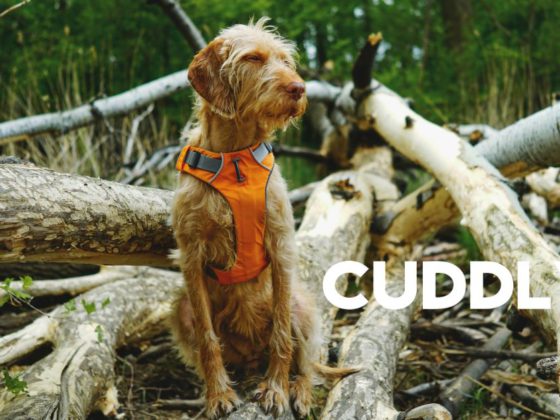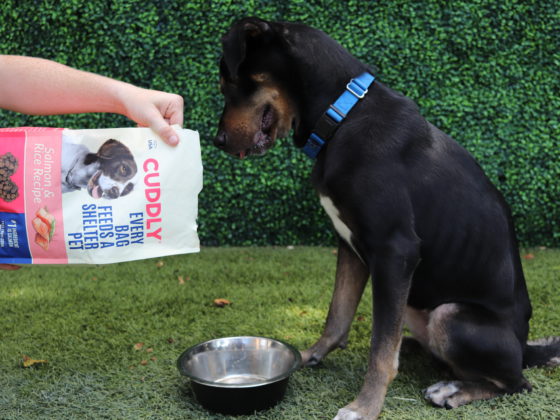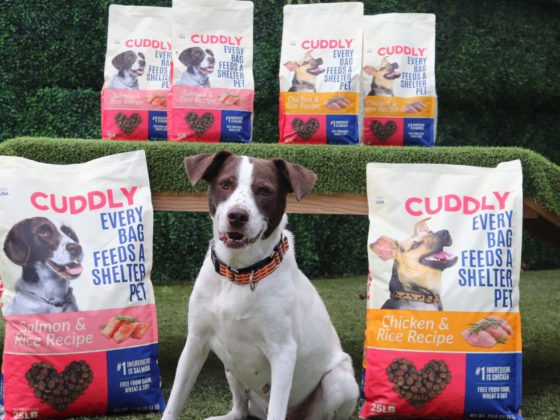Food and nutrition are crucial to the survival of every living being. As a pet owner, you provide the best food you can afford to keep your favorite feline happy and healthy, and despite your best efforts, some cats resemble a Tasmanian Devil more than a feline when it’s mealtime.
Why would your lovely, snuggly cat become a tiger on the loose? Plain and simple, it’s food aggression. While this behavior is more common in canines, there are cases of felines following suit.
Food aggression is generally related to the guarding of a vital resource.
Is My Cat Food-Obsessed?
Felines that act aggressively right before feeding and then throughout mealtime, may not be exhibiting hunger but an actual obsession with food. If your cat adopts certain behaviors at feeding time or when there is food in his or her cat dish, these might be considered food aggression. Some of these behaviors include:
- Your cat is always in your kitchen vocalizing and begging for food
- He or she guards the food bowl
- An aggressive cat may terrorize other family pets attempting to keep them away from food including their own
- Given an opportunity, your cat will steal food and even chew through packaging
- Your cat rifles through the trash for food
- The feline may strike or attack when there is food in the vicinity
- Swatting, growling, and hissing during feeding times
Why Is My Cat Aggressive Around Food?
Felines are carnivores or meat-eaters. When living outdoors, they will prey on small rodents and birds. They cannot survive by eating plants, vegetation, or fruits only. Vegan diets can lead to malnutrition and starvation.
As meat-eaters, they have specific nutritional necessities, and when living in a domestic situation their diets must be balanced, nutritionally correct, digestible, and above all palatable as they are notoriously finicky.
As predation is a solitary and not a group activity, they eat alone and frequently throughout the course of a day. When they are fed in the proximity of other cats or family pets, this may be an element of disturbance. Your cat may feel that he or she cannot safely access the food source with a certain amount of privacy. This may lead to under-eating, overeating, obesity and even continued vomiting because the cat gorges on whatever food is available.
Cats, whether kittens or adults, that have been traumatized from being weaned too early, being abandoned, or from food deprivation in their past may perceive food or food dish removal by the hand of a human as a threat. These felines may spontaneously enter into resource competition and interpret food furnished once or twice a day and later removed as conflictual.
What Do the Experts Say?
The Journal of Veterinary Medicine reports the case of an 8-month-old male Siamese that acts aggressively with food and was considered as having “psychogenic abnormal feeding behavior”.
The cat not only was aggressive when feeding, he would steal food, and would also eat plastic. He was never satisfied. The experts determined that the behavior was not the result of a physiological problem but psychological in origin.
This Siamese also suffered from pica eating non-food items. Pica will usually stem from boredom, stress, early weaning, anxiety, or a diet deficiency and is common in purebreds. Eating as a response to a negative emotional experience is common to animals as well as humans and is known as a contributing factor in obesity. The cat’s psychological well-being was compromised.
Managing Feline Food Aggression
Dealing with an aggressive feline is not easy, but there are several steps you can take.
- If your feline demonstrates aggressive behavior around food, a trip to the veterinarian should be your first step to ascertain that physiological motives are not at the root of the aggression.
- Because felines are lone predators and have very small stomachs. In the wild, they may eat ten to twenty very small meals during a day. Mimicking this natural behavior can help by providing small meals throughout the day and at least five.
- If you have more than one cat, feed them in separate spaces to reduce competition.
- Always place food and water dishes in a protected spot away from confusion, noise, litter box, and bright lighting. Food and water should have separate positions that allow for ample vision as felines in wild natural habitats will be on guard for predators when feeding and drinking.
- You can also change the position every so often to mimic hunting activities and increase physical exercise.
- Use a puzzle feeding toy so your cat is challenged to search and scavenge eating small portions throughout the day.
A Final Thought
Top-quality cat foods should be the most important part of your cat’s daily diet. Offer a variety of flavors and textures to keep your kitty stimulated and healthy to prevent illness and reduce the risk for obesity.
Contributing Author: MELISSA L. KAUFFMAN
Learn more for cat care:
Choosing to Try: Paws for a Cause Cat Rescue

